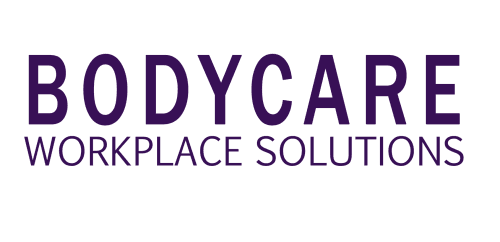Fit for purpose: why job task analyses are essential in any workplace

Hiring an individual for your workplace isn’t just about ticking off the boxes on a well-written resume. In addition to finding someone who aligns with your corporate culture and company values, you also need someone who is the right fit for the position.
Once you have employed this individual, you need to make sure they remain fit and healthy while at work…which is often easier said than done.
The reality is that even when the right processes are in place, accidents in the workplace still happen. As an organisation it’s all about how you respond once the injury has occurred, the actions you take to assist in the treatment and management of the injury, the support you provide to aid recovery and the way you communicate and the way you learn from each injury to ensure it doesn’t happen again.
Here is where a job task analysis (JTA) or job dictionary can assist.
Why a job task analysis is critical for your organisation
1. A JTA outlines the inherent requirements of the job role.
Unfortunately, many candidates who come across your job vacancy may not fully understand the key demands of the role. A JTA is similar to a position description in the way that it outlines the requirements of a role, but where a JTA differs is that it focuses on outlining the physical requirements of the role rather than the skills bases tasks that make up the role.
Job task analysis is a powerful tool in HR as it provides immeasurable assistance with job matching. A professionally-developed JTA will list all the inherent requirements of the specific role so that pre-employment screens can be tailored to assess the individual against these inherent requirements. This customised approach assist with matching the right candidate to the right role and reduces employee turnaround, and the costs associated with hiring.[1]
2. A JTA can be used to identify suitable duties for injured employees.
Not only does a job task analysis help identify the physical and cognitive obligations of specific roles in your workplace, they can also help recognise appropriate tasks for your employees in the event of an injury where they may be unable to perform their normal role in its entirety. They are especially valuable in assisting management, doctors and other health professionals when developing a return-to-work plan. A job task analysis will help paint an accurate picture of the ‘normal’ tasks performed by the individual, including the type of work, the frequency, the duration and key environmental factors. This information can then all be taken into consideration by the treating health professional when allocating suitable or restricted duties. Without a JTA, it becomes very difficult for management and health professionals to determine appropriate suitable duties for your injured employees.
3. A JTA can assist in accelerating the return-to-work process.
Studies have revealed that the longer an employee is away from work, the less chance they have of returning.[2] Avoid this situation by using JTA’s to get your injured employee back to work quicker and, most importantly, safer. As is the case for many workplaces without JTA’s, doctors and management are often hesitant to give the all-clear to the injured employee to carry out any work duties. A well-developed job task analysis will outline all appropriate work duties that are within an employee’s mental and physical capacity – this means your worker has a much higher chance of successfully returning to your workplace, as they will be given tasks that are appropriate for their recovery process.
Bodycare conducts many JTA’s for clients for use within their pre-employment screening or to assist with return to work outcomes. Our experienced Occupational Health Consultants have extensive knowledge of workplace environments and are skilled in observation of movement.
Contact us on 1300 222 639 for more information about our job task analysis providers at Bodycare.
[1] http://workplaceinfo.com.au/hr-management/hr-strategy/costs-of-employee-turnover
[2] http://www.workcover.tas.gov.au/__data/assets/pdf_file/0019/191233/Return_to_work_-_The_health_benefits_of_returning_to_work_v3.pdf


